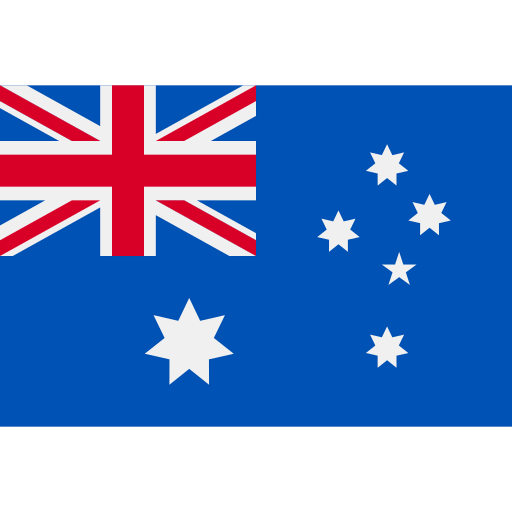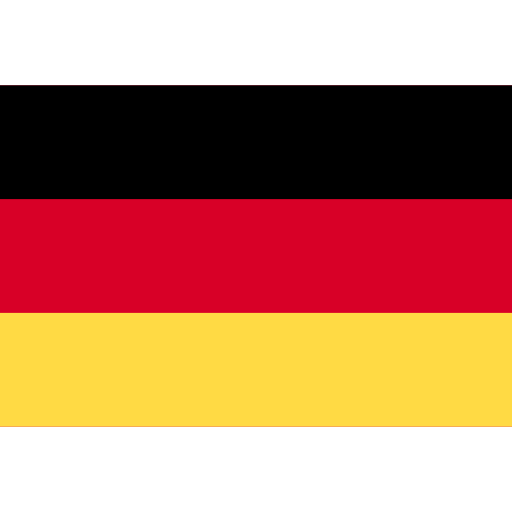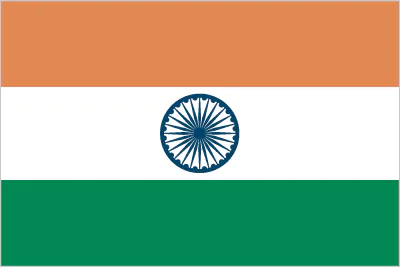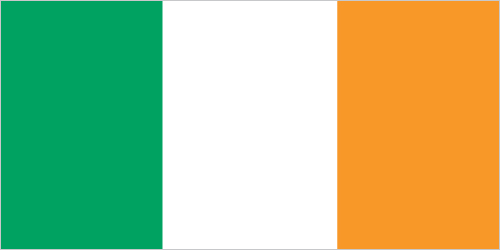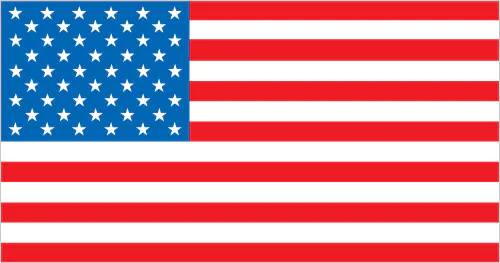The World Trade Symposium in November coincides with incredibly interesting times in global trade. Not only will the run-up to the US 2020 Presidential election be well underway, but a spotlight will be firmly trained on the impact of Brexit on the EU, should it go ahead at the end of October.
Can governments and trade frameworks keep up with technology?
One of the key issues we will still be talking about in November is whether governments and trade frameworks can keep up with technology. This has always been important but given the impact of technology on all areas of our lives and the speed with which it is developing, it’s clear we need global frameworks – particularly to govern data exchange and security.
The challenge is that three spheres of influence have evolved: the EU, where privacy is the driving force; the US, where large technology firms have so much influence; and China, where the State has access to multiple layers of data.
While such disparity does not bode well for either global standards or world trade, it was encouraging to see 76 countries from the World Trade Organization (WTO) agree to begin negotiations for trade-related aspects of electronic commerce. If successful, the talks will result in a multilateral legal framework that consumers and businesses could rely on to make it easier and safer to buy, sell and do business online.
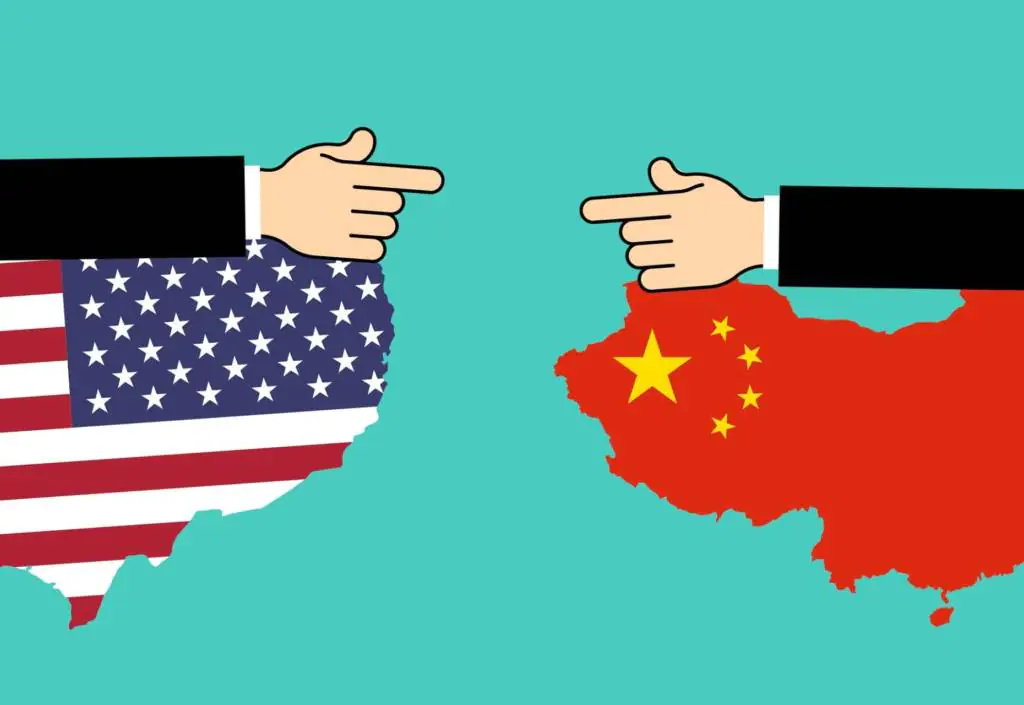
Trade wars
However, the current war of words, sanctions and tariffs, particularly between the US and China, could jeopardise the progress being made under the auspices of the WTO.
How will this situation play out in the future? The World Economic Forum Future Council on Trade and Investment has outlined four scenarios the world might move into, depending on geopolitical and economic factors.
Open international trade is the most optimistic scenario, when countries come together to cooperate, and trade flows move easily across borders. Major economies jointly commit to address points of conflict and collaborate to revitalize the WTO through ‘plurilateral’ negotiations.
If competing coalitions emerge, along the lines of EU v US v China with their currently very different dynamics, countries cooperate. But much of this co-operation is shaped by emerging structural rifts over the role of the state in governing data flows, investment and advanced industrial technology that holds national security applications.
Technological disruption is the third scenario. In this case, countries act unilaterally rather than cooperatively, but technology continues to race ahead of regulation. A borderless world is created for some, while others face wide-spread uncertainty and inefficiencies. Firm-led disruption creates pockets of radical innovation with the potential for winner-take-all profits.
In the worst-case scenario – sovereignty first – unilateral action and a high frequency of economic conflict leads to a normalization of trade wars between major economies. Trade and investment issues become political weapons in broader geopolitical competition. If this scenario is allowed to prevail, we could see the worst global protracted decline since the Great Depression.
Whatever happens, continued trade frictions are likely in the short term, even if bilateral patches are found. It will take a concerted effort to wind back events of the past few years and to rebuild trust between nations. Yet collaboration, not confrontation, is the way forward – for everyone’s best interests.
World Trade Symposium 2019
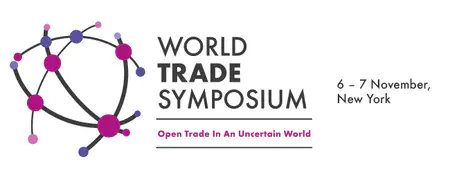
At TFG we are delighted to announce that we are media partners at the World Trade Symposium. Find out more, and book your place for November’s New York Conference here.


